Magazine
The Truth About Dark Spots: How to Fade Them and Regain Your Youth

Your face is the first thing people notice about you. It tells a story—one of experience, resilience, and confidence.
But over time, dark spots start creeping in, dulling that story and making you look older than you feel. These stubborn patches of hyperpigmentation can appear out of nowhere, seemingly overnight, and once they do, they’re tough to ignore.
Let’s break down what’s causing these dark spots, how you can effectively fade them, and the simple changes you can make to keep them from coming back.
What Causes Dark Spots?

If you’re noticing dark patches on your face, they didn’t just appear randomly. They’re the result of years of accumulated damage—some of it visible now, some of it lurking beneath the surface, waiting to show up later. Understanding the root cause is key to treating them effectively.
1. Sun Damage (UV Exposure) – The #1 Culprit
Years of unprotected sun exposure trigger melanin overproduction, causing uneven pigmentation. The problem is, even if you don’t spend hours tanning, everyday exposure adds up. Driving, walking outside, or even sitting by a window can allow UV rays to damage your skin.
2. Aging – Slower Skin Repair Means More Spots
As you age, your skin’s ability to repair itself slows down. Dark spots that may have faded quickly in your 30s now linger longer because your skin isn’t turning over cells as rapidly. This makes past sun damage resurface in the form of brown patches, age spots, and uneven skin tone.
3. Shaving Irritation & Inflammation
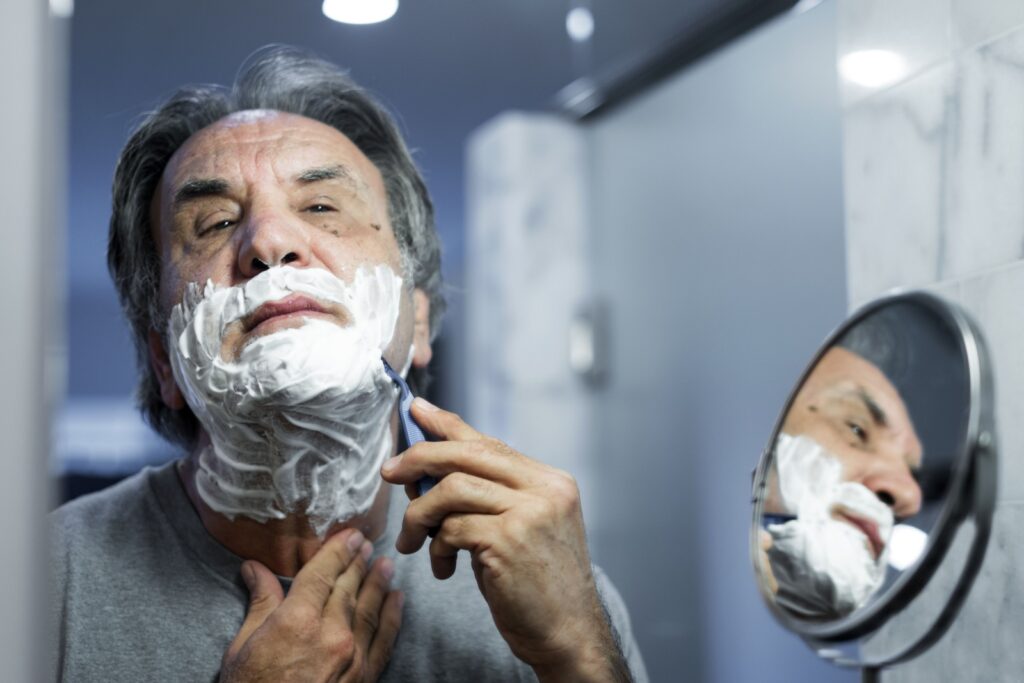
Men’s skin takes a beating from daily shaving. If you deal with razor burn or irritation, you may notice dark spots forming in areas where your skin has been repeatedly inflamed. This is known as post-inflammatory hyperpigmentation (PIH), and it’s a major contributor to uneven skin tone.
4. Hormonal Shifts & Genetics
For some men, dark spots are genetically hardwired. If your father or grandfather developed age spots early, you might be more prone to them too. Hormonal changes over time can also trigger pigment cells to misfire, leading to an increase in dark patches, especially around the cheeks, forehead, and temples.
5. Smoking & Pollution – The Silent Skin Agers
Environmental toxins—like pollution and cigarette smoke—cause oxidative stress, breaking down collagen and accelerating hyperpigmentation. If you smoke or live in a high-pollution area, your skin is constantly exposed to damaging free radicals, which worsen existing dark spots and create new ones over time.
How to Fade Dark Spots and Restore an Even, Youthful Look
Dark spots won’t disappear on their own, but with the right approach, you can significantly fade them and prevent new ones from forming. The key is to focus on treatments that correct existing damage, protect against future damage, and support your skin’s natural ability to heal.
1. Use a High-Performance Dark Spot Corrector
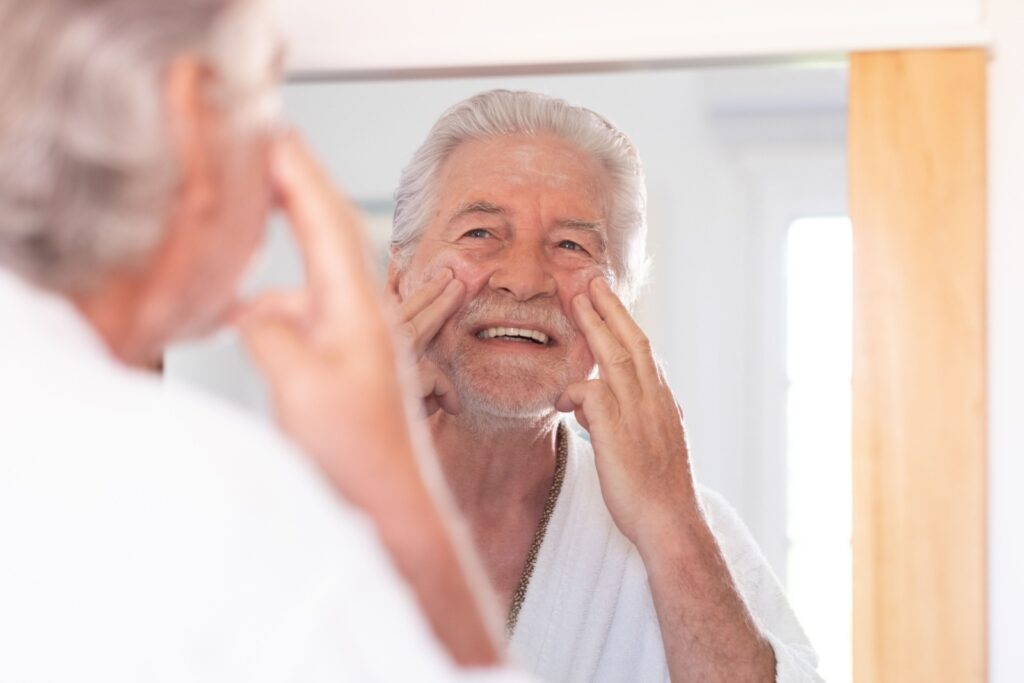
The skincare industry is flooded with products that promise results but don’t deliver. Many are either too weak to be effective or not formulated for men’s thicker, rougher skin.
A good cream for fighting dark spots should:
- Fade dark spots with dedicated ingredients
- Even out skin tone for a fresher, younger look
- Hydrate dry, rough skin and prevent flakiness
- Reduce fine lines and wrinkles over time
- Soothe post-shave irritation and prevent dark marks
- Improve skin elasticity, helping you maintain a firm, youthful complexion
2. Protect Your Skin from the Sun – Every Single Day
The biggest mistake men make? Thinking sunscreen is only for summer or beach days. Even on cloudy days, UV rays penetrate the skin and reactivate old damage, making dark spots darker and harder to treat.
- Use a daily sunscreen (SPF 30 or higher) to protect your skin from further pigmentation.
- Wear sunglasses and a hat when outdoors for extended periods to protect high-risk areas like the forehead and temples.
- Avoid peak sun exposure (10 AM – 4 PM) whenever possible.
If you’re serious about reversing dark spots, this step is non-negotiable.
3. Exfoliate to Remove Dull, Pigmented Skin Cells
Exfoliation is crucial for speeding up skin cell turnover, which helps remove layers of dead, damaged skin.
- Use a gentle exfoliating scrub or chemical exfoliant (like glycolic acid or salicylic acid) 2-3 times per week.
- Don’t overdo it—excessive exfoliation can irritate your skin, making dark spots worse.
This step helps new, healthy skin emerge faster, making dark spots fade more quickly.
How to Keep Dark Spots from Coming Back
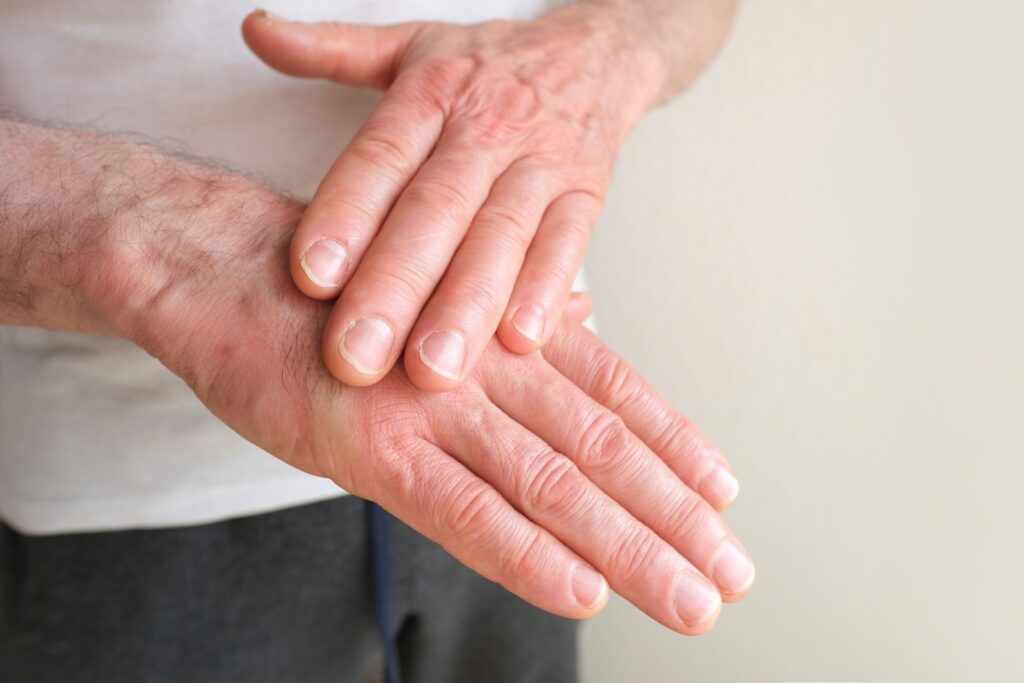
Fading dark spots is only half the battle. Keeping them from returning requires a consistent, smart approach:
✔ Use a science-backed face cream that keeps your skin hydrated, even-toned, and healthy.
✔ Apply daily sunscreen—this is the single most effective way to prevent new dark spots.
✔ Exfoliate regularly to remove old, damaged skin cells.
✔ Stick to a diet and lifestyle that supports your skin’s natural healing process.
Dark spots don’t define you. But how you take care of your skin today determines how youthful, confident, and energized you’ll look tomorrow.
Particle Magazine is a free resource bringing informative, expertly crafted content to the manosphere. Specially created to add value to your life, without any agenda. Unlike some, we prefer not to use our online magazine to sell you our products as we believe they speak for themselves. We hope our input enhances whatever your journey may be right now, during the true prime of your life.
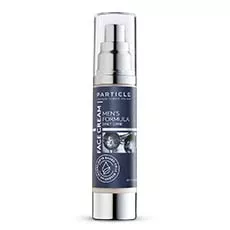
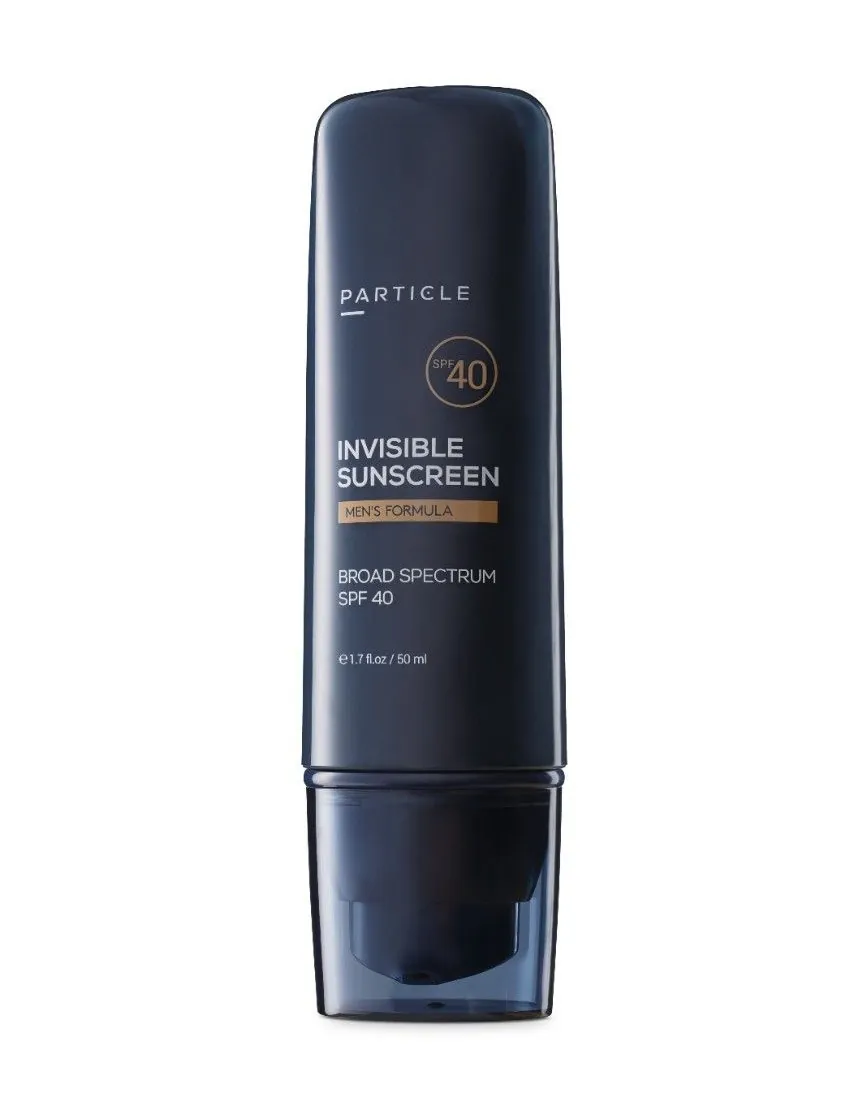
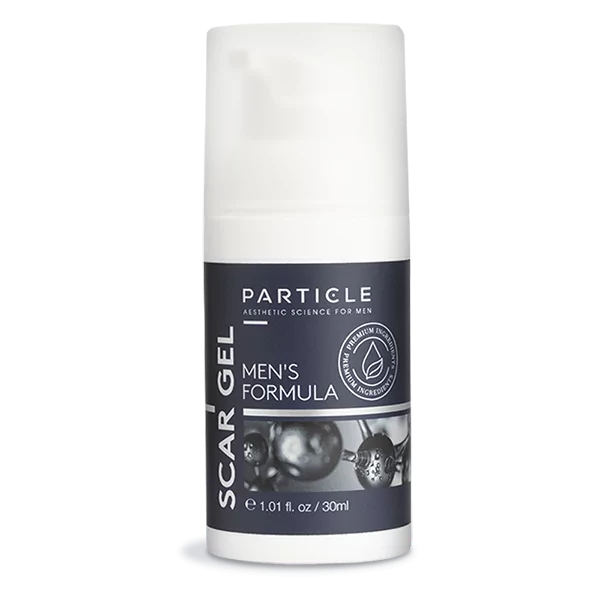
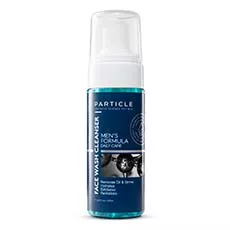
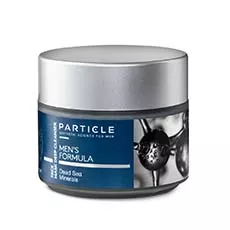
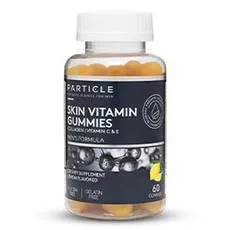
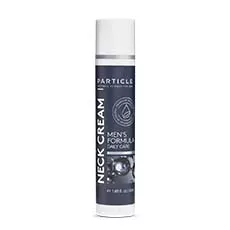
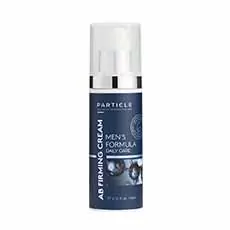
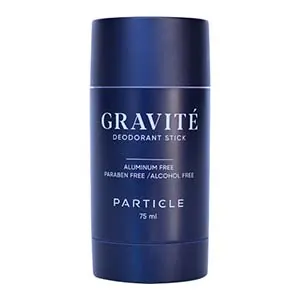

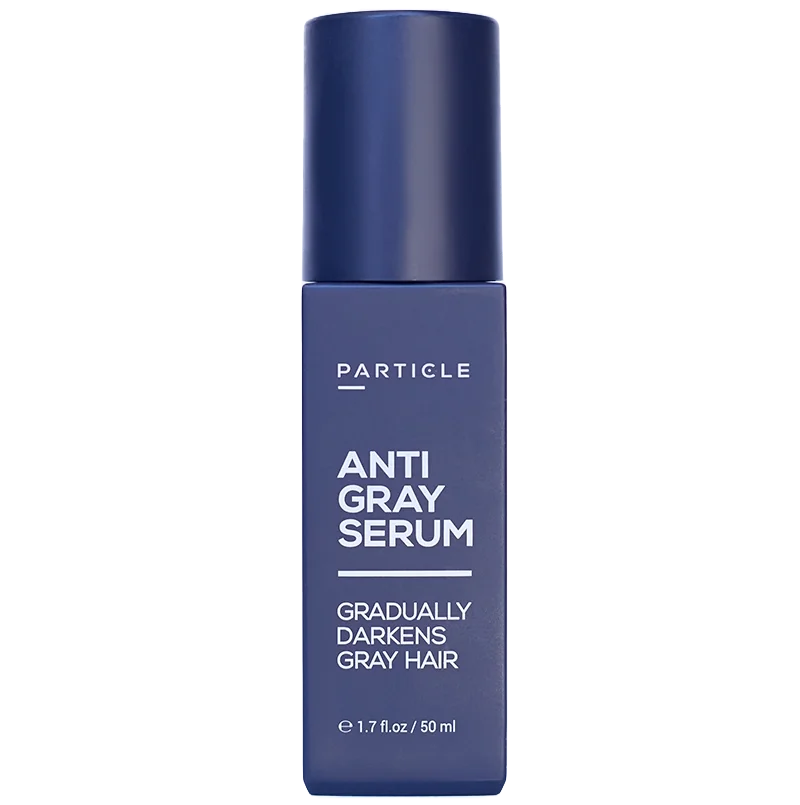
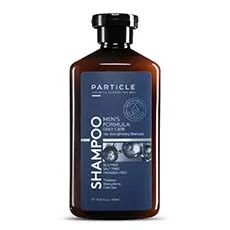
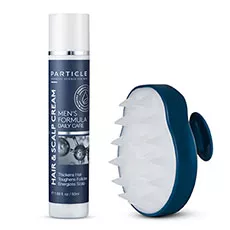

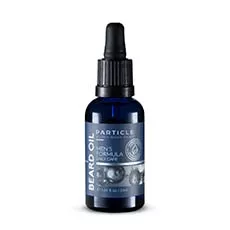



 en
en















